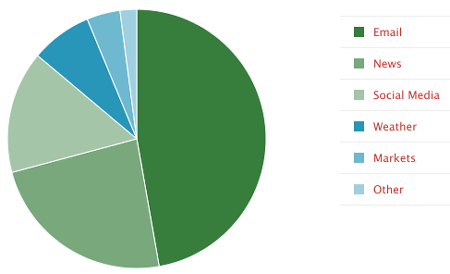![]() Codexis has confirmed plans to scale-up the commercial manufacturing of its proprietary cellulase enzymes. These enzymes are manufactured to convert lignocellulosic biomass to fermentable sugars, and ultimately bioproducts including biofuels, biochemicals, and bio-based performance ingredients in household products such as laundry detergents and shampoos. The enzymes will be produced at the Fermic S.A. de C.V. facility located in Mexico City, Mexico.
Codexis has confirmed plans to scale-up the commercial manufacturing of its proprietary cellulase enzymes. These enzymes are manufactured to convert lignocellulosic biomass to fermentable sugars, and ultimately bioproducts including biofuels, biochemicals, and bio-based performance ingredients in household products such as laundry detergents and shampoos. The enzymes will be produced at the Fermic S.A. de C.V. facility located in Mexico City, Mexico.
Prior to this commercial launch, they produced the enzymes at 20,000 liter scale. This achievement represented the first time an enzyme product was manufactured and using their Codexis CodeXporter enzyme expression system. In addition, the cellulase enzymes were created using the Codexis CodeEvolver direct evolution technology and plans to use this product to support biofuel projects and their market expansion into biochemicals.
“High-performance cellulase enzymes will soon be in high demand for cost-effective production of renewable products from biomass,” said Alan Shaw, Ph.D., President and CEO “This is both an important commercial milestone for Codexis and a significant development for customers, who are responding to market demand for sustainable products.”











